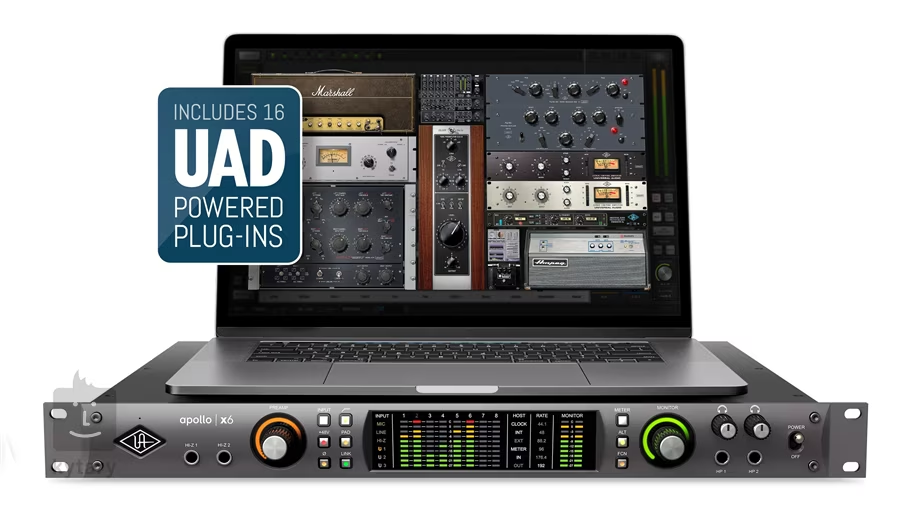

- #Midi monitor for high sierra mac os
- #Midi monitor for high sierra pro
- #Midi monitor for high sierra software
- #Midi monitor for high sierra windows
Mac device (MacBook Air, MacBook Pro, iMac, Mac Mini and M1 types) with the following macOS versions: Yosemite, El Capitan, Sierra, High Sierra, Mojave, Catalina, Big Sur and Monterey.Īdministrator account on the Mac OS device.ĭownload the latest version of CTOUCH driver for MacOS version UPDD_06_00_735 forMacOS12xx). USB(A or C) to USB-B (*C also available on Riva model) cable is required to send the touch signal from CTOUCH display to Mac device.ĬTOUCH display: Laser Air Plus, Laser Nova, Laser Sky, Leddura 2Meet/ 2Share, Leddura MX and Riva. Switching between devices in the master controller will show you and allow you to control each device's volume, it's only the DP and HDMI ones will be greyed out.HDMI/ (USB C alt mode)Display Port Cable is required to transmit the video signal from Mac device to your CTOUCH display But then you can modify the speaker's volume. If some other app that doesn't have its own device selection is making sound through the monitor, it will also switch to the USB speaker. In order to control that volume you have to first change the master Audio output to USB Speaker. Say you have your master audio output device set to "Monitor 2" (a DP monitor) and you have an app with it's own selectable audio output set to "USB Speaker", which allows volume control from the Mac's UI. Here's the complication and how you do it, that works today with Catalina and I think also worked with later versions of High Sierra. Perhaps this was fixed in the last two years or perhaps I was wrong when I wrote the question and comments. This is contrary to what I said in this question and contrary to my comments to the Accepted Answer. If an App allows you to select its output device, and you select one that allows volume control, you CAN control it even when a DP or HDMI monitor is connected. Proxy Audio Device seems to work pretty well so far.
#Midi monitor for high sierra windows
Volume control works fine on Windows so I assume either there's some quirk in MonitorControl, or Windows is actually not using CEC. MonitorControl did not work for me for some reason - I'm using a TESmart KVM switch and a Dell monitor. So my suggestion is try MonitorControl, if that does not work use Proxy Audio Device. SoundFlower is very old (2014) and I did manage to get it to work, but it stops working after about an hour.īlackHole is similar to SoundFlower but unfortunately does not support outputting to another audio device so you can't use it for this purpose. I included SoundFlower and BlackHole for completeness but the DO NOT WORK. This was specifically created to solve this problem. Proxy Audio Device - creates a virtual device like SoundFlower.
#Midi monitor for high sierra software

#Midi monitor for high sierra pro
Some additional info: It's a Macbook Pro 13" 2018 version.

Is there no way to control the volume of an app when an external speaker is connected even if the app is not using the external speaker? Is Apple assuming that if I have external speakers I am so much better using their own volume control that I have to be forced to do it? That is annoying because the monitor's volume controls are buried in terrible menus accessed by terrible buttons on the back of the monitor.Īlso, if I am inside an app where I can select the audio device and I select the Mac's internal speakers, the volume controls are STILL disabled. When I plug my Mac into a DisplayPort monitor that has loudspeakers, the Mac's volume controls become disabled.


 0 kommentar(er)
0 kommentar(er)
